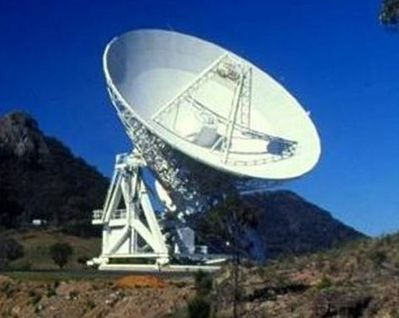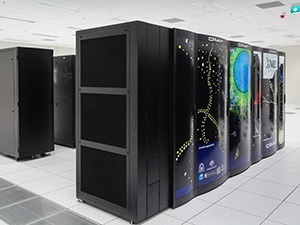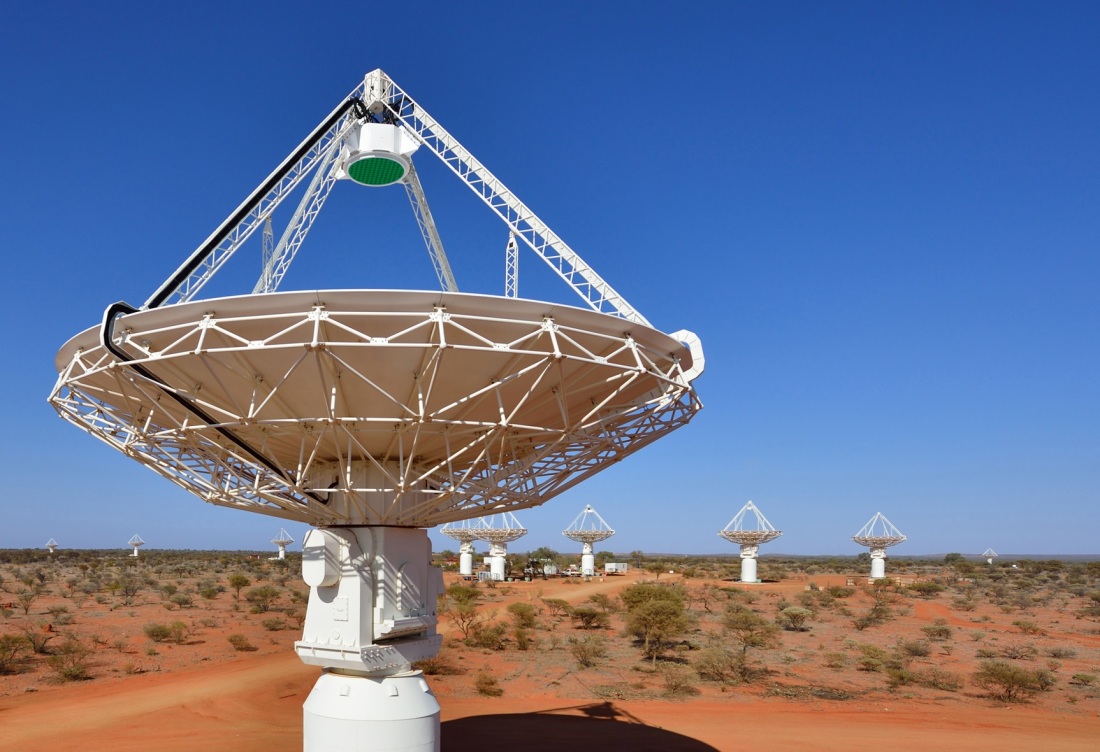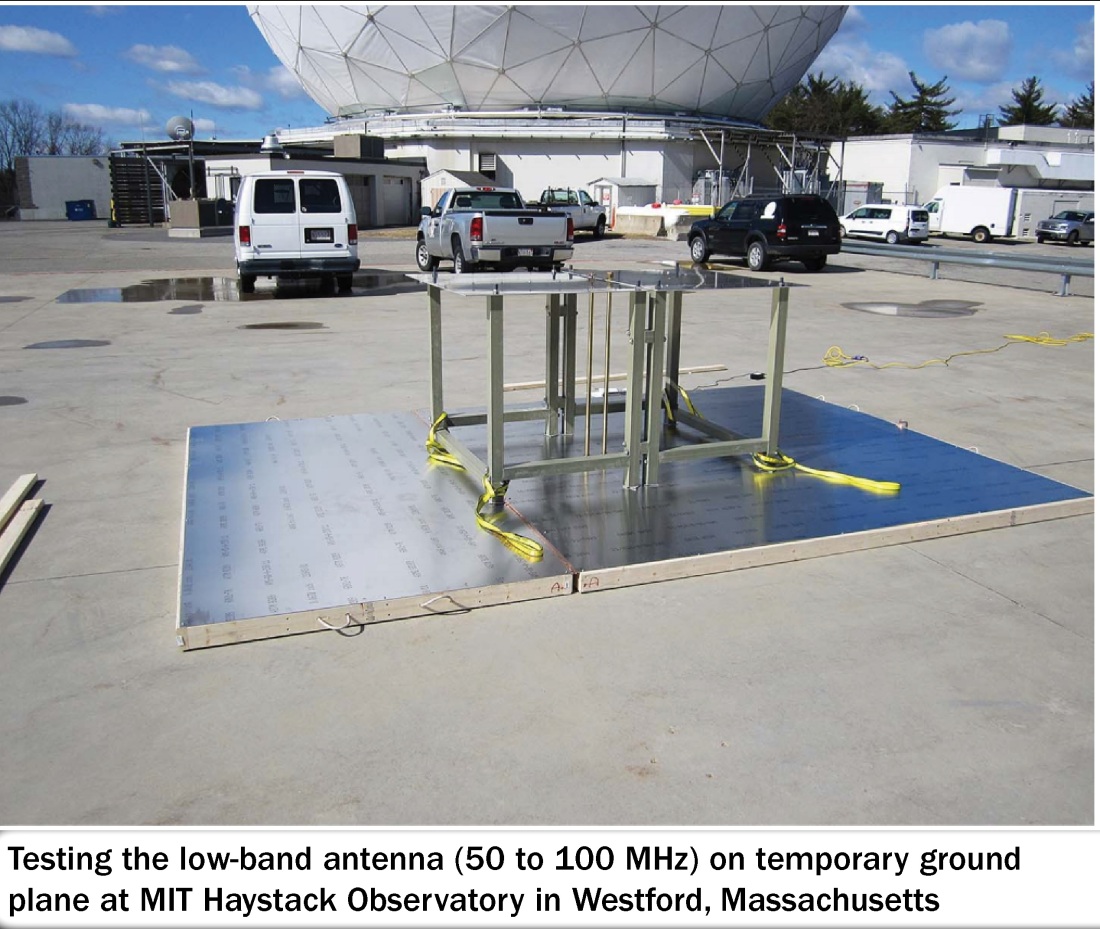From CSIRO-Commonwealth Scientific and Industrial Research Organization (AU)
6.28.24
Jessie Staples
Virga is a fast, powerful and energy efficient accelerated computing cluster that will help grow Australia’s science, industry and economy.

The new Virga Dell PowerEdge XE9640 HPC is delivering the power and speed to meet CSIRO’s growing demand for AI and machine learning.
Named Virga, the HPC system is built on state-of-the-art Dell PowerEdge XE9640 servers and is the first deployment of its kind in Australia, designed to optimise artificial intelligence (AI) workflows while also being power-efficient using direct liquid cooling.
Professor Elanor Huntington, CSIRO’s Digital, National Facilities and Collections Executive Director, said Virga will provide the critical computing infrastructure needed for machine learning and AI to grow Australia’s industry and economy.
“CSIRO is proud to be a steward of some of Australia’s most important pieces of research infrastructure,” Professor Huntington said.
“AI is used in practically all fields of research at CSIRO, such as developing world-leading flexible printed solar panels, predicting fires, measuring wheat crops and developing vaccines, just to name a few.
“High-performance computing systems like Virga also play an important role in CSIRO’s robotics and sensing work and are crucial to the recently launched National Robotics Strategy to drive competitiveness, and productivity of Australian industry.”
The HPC cluster, which is housed at CDC’s Hume Data Centre in Canberra, is named Virga after the meteorological effect of rain that evaporates before it reaches the ground and was named in recognition of CSIRO’s decades of research into cloud and rain physics.
Dr Jason Dowling from CSIRO’s Australian e-Health Research Centre said the increase in medical imaging data coupled with the growing complexity of diagnostic techniques has led to an urgent need for advanced computational power and data processing for medical image analysis.
“The new HPC facilities will allow researchers in our Australian e-Health Research Centre to train and validate new computational models, which will help us develop translational software in medical image analysis for image classification, segmentation, reconstruction, registration, synthesis, and automated radiology reporting,” Dr Dowling said.
“One collaborative project with the Queensland Children’s Hospital that will benefit from the new cluster is the training of artificial intelligence (AI) models to diagnose pathology from MRI scans of the lungs in children with cystic fibrosis.”
The Virga cluster features:
-NVIDIA H100 Tensor Core GPU accelerators to support deep learning, machine learning and AI
94GB of high-bandwidth memory per GPU
-Transformer Engine – significantly speeds up AI performance and capabilities and helps train large models within days or even hours
-4th Gen Intel® Xeon® Scalable processors
-Hybrid direct liquid cooling to reduce the need for energy intensive air cooling
Angela Fox, Senior Vice President and Managing Director, Dell Technologies Australia and New Zealand said the Virga AI system can examine large volumes of scientific data and then help researchers improve the models they build.
“Dell Technologies provides organizations with solutions and expertise that accelerate AI and bring value to their data,” Ms Fox said.
“With Dell PowerEdge servers as the foundation, Virga will help create new Australian scientific breakthroughs using its AI capabilities, all the while being both more sustainable and more energy efficient than previous generation clusters.”
See the full article here .
Comments are invited and will be appreciated, especially if the reader finds any errors which I can correct.

five-ways-keep-your-child-safe-school-shootings
Please help promote STEM in your local schools.
CSIRO-Commonwealth Scientific and Industrial Research Organization (AU ), is Australia’s national science agency and one of the largest and most diverse research agencies in the world.
CSIRO works with leading organizations around the world. From its headquarters in Canberra, CSIRO maintains more than 50 sites across Australia and in France, Chile and the United States, employing about 5,500 people.
Federally funded scientific research began in Australia over 100 years ago. The Advisory Council of Science and Industry was established in 1916 but was hampered by insufficient available finance. In 1926 the research effort was reinvigorated by establishment of the Council for Scientific and Industrial Research (CSIR), which strengthened national science leadership and increased research funding. CSIR grew rapidly and achieved significant early successes. In 1949 further legislated changes included renaming the organization as CSIRO.
Notable developments by CSIRO have included the invention of atomic absorption spectroscopy; essential components of Wi-Fi technology; development of the first commercially successful polymer banknote; the invention of the insect repellent in Aerogard and the introduction of a series of biological controls into Australia, such as the introduction of myxomatosis and rabbit calicivirus for the control of rabbit populations.
Research and focus areas
Research Business Units
As of 2023, CSIRO’s research areas are identified as “Impact science” and organized into the following Business Units:
Agriculture and Food
Health and Biosecurity
Data61
Energy
Manufacturing
Mineral Resources and Environment (being the amalgamation of the former Land and Water and Oceans & Atmosphere BUs)
National Facilities
CSIRO manages national research facilities and scientific infrastructure on behalf of the nation to assist with the delivery of research. The national facilities and specialized laboratories are available to both international and Australian users from industry and research. As at 2019, the following National Facilities are listed:
Australian Animal Health Laboratory (AAHL)
Australia Telescope National Facility – radio telescopes included in the Facility include the Australia Telescope Compact Array, the Parkes Observatory, Mopra Radio Telescope Observatory and the Australian Square Kilometre Array Pathfinder.








CSIRO Pawsey Supercomputing Centre AU)




Others not shown
Collections
CSIRO manages a number of collections of animal and plant specimens that contribute to national and international biological knowledge. The National Collections contribute to taxonomic, genetic, agricultural and ecological research. As at 2019, CSIRO’s Collections are listed as the following:
Australian National Algae Culture Collection
The Atlas of Living Australia
Australian Tree Seed Centre
Australian National Fish Collection
Australian National Insect Collection
Australian National Herbarium
Australian National Soil Archive (managed through A&F)
Australian National Wildlife Collection
Cape Grim Air Archive
Services
In 2019, CSIRO Services are itemized as follows:
Materials and infrastructure services
Agricultural and environmental analysis
Environmental services
Biological, food and medical science services
Australian Animal Health Laboratory services
Other services are noted as including education, publishing, infrastructure technologies, Small and Medium Enterprise engagement and CSIRO Futures.
Inventions
Notable inventions and breakthroughs by CSIRO include:
A4 DSP chip
Aerogard, insect repellent
Atomic absorption spectroscopy
Biological control of Salvinia
Development of Linola (a flax variety with low alpha-linolenic acid content) with a longer life used as a stockfeed
Distance measuring equipment (DME) used for aviation navigation
Gene shears
Interscan Microwave landing system, a microwave approach and landing system for aircraft
Use of myxomatosis and calicivirus to control rabbit numbers
Parkes Radio Telescope
The permanent pleat for fabrics
Plasma sintering
Polymer banknote
Production of metals from their halides
Relenza flu drug
Sirosmelt lance
“Softly” woollens detergent
Phase-contrast X-ray imaging
Method to use titanium in 3D printing
UltraBattery
Essential components of Wi-Fi technology
Zebedee – Mobile Handheld 3D Lidar Mapping technology
Historic research
CSIRO had a pioneering role in the scientific discovery of the universe through radio “eyes”. A team led by Paul Wild built and operated (from 1948) the world’s first solar radiospectrograph, and from 1967 the 3-kilometre-diameter (1.9 mi) radioheliograph at Culgoora in New South Wales. For three decades, the Division of Radiophysics had a world-leading role in solar research, attracting prominent solar physicists from around the world.
CSIRO owned the first computer in Australia, CSIRAC, built as part of a project began in the Sydney Radiophysics Laboratory in 1947. The CSIR Mk 1 ran its first program in 1949, the fifth electronic computer in the world. It was over 1,000 times faster than the mechanical calculators available at the time. It was decommissioned in 1955 and recommissioned in Melbourne as CSIRAC in 1956 as a general purpose computing machine used by over 700 projects until 1964. The CSIRAC is the only surviving first-generation computer in the world.
Between 1965 and 1985, George Bornemissza of CSIRO’s Division of Entomology founded and led the Australian Dung Beetle Project. Bornemissza, upon settling in Australia from Hungary in 1951, noticed that the pastureland was covered in dry cattle dung pads which did not seem to be recycled into the soil and caused areas of rank pasture which were unpalatable to the cattle. He proposed that the reason for this was that native Australian dung beetles, which had co-evolved alongside the marsupials (which produce dung very different in its composition from cattle), were not adapted to utilise cattle dung for their nutrition and breeding since cattle had only relatively recently been introduced to the continent in the 1880s. The Australian Dung Beetle Project sought, therefore, to introduce species of dung beetle from South Africa and Europe (which had co-evolved alongside bovids) in order to improve the fertility and quality of cattle pastures. Twenty-three species were successfully introduced throughout the duration of the project and also had the effect of reducing the pestilent bush fly population by 90%.







